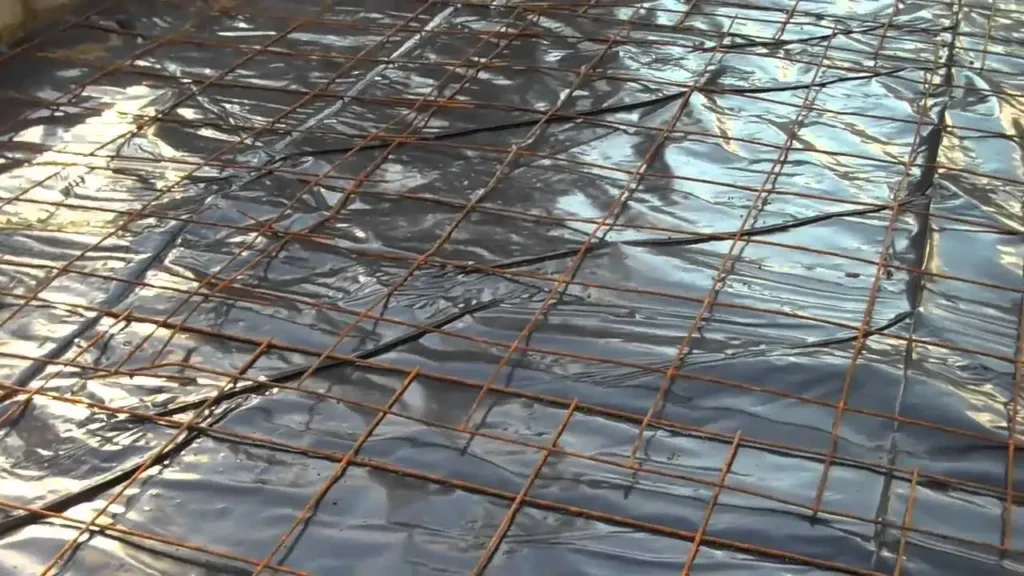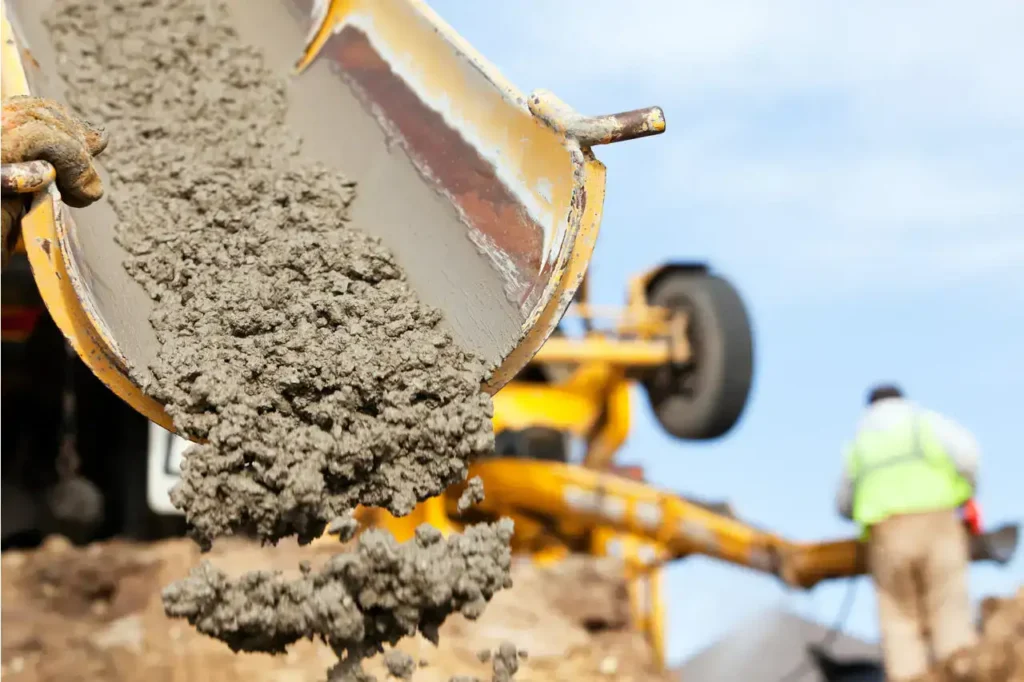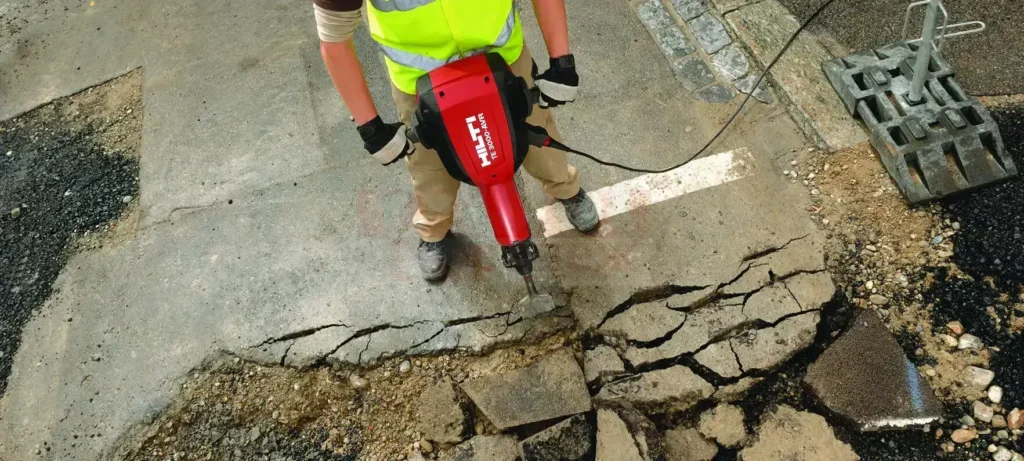Wire mesh is a metallic mesh used in concrete. It helps prevent the concrete from cracking and keeps it in position. Use it as a companion, optimally.
Buildings need proper support. Weak concrete may lead to rupture over time. To make structures safe and long-lasting, use wire mesh. It is a smart city; weak builders are making it.
Wire mesh has several advantages in construction. It enhances concrete strength and durability, ensuring safety and improving the overall project. Additionally, it reduces maintenance and lowers costs.
What Is Wire Mesh?

Wire mesh consists of welded, woven, or otherwise interconnected metal wires in uniform rows and columns that create a net-like pattern. It is a highly versatile product in various sizes and materials, including stainless steel, carbon steel, and aluminum.
Because of its robustness and durability, wire mesh has many applications. It is generally used in construction for reinforcement, fencing, and filtration. It also has industrial applications, such as machinery protection, and agricultural purposes, such as animal confinement.
When to Use Wire Mesh in Concrete
- Slabs and Floors: Wire mesh in concrete slabs and floors provides tensile strength to the slab, control for cracking, and uniform load distribution in cases of substantial traffic, like sidewalks and driveways.
- Foundations: Wire mesh restricts ground movement and reduces settling, improving a structure’s long-term integrity.
- Roads and Bridges: Wire mesh should reinforce concrete in roads and bridges against high traffic loads, improve crack resistance, and increase durability.
- Industrial Applications: Wire mesh can be used on concrete floors in warehouses or factories to support heavy machinery and distribute weight efficiently.
- Seismic Zones: Wire mesh enhances seismic resistance by closing cracks and improving overall integrity in earthquake-prone areas
- Precast Concrete Products: Wire mesh is used to precast any element, such as a panel or pipe, ensuring strength and durability while being transported and installed.
- Poor Subgrade Conditions: Wire mesh would be helpful in weak or uneven subgrades to prevent cracking caused by the ground settling or shifting.
- Temporary Structures: A wire mesh would be employed for temporary pathways or beams requiring strong but flexible reinforcement in construction.
What is Standard Welded Wire Reinforcement (SWWR)?
Quality steel mesh comes in square grids in standard welded wire reinforcement (SWWR). These grids are evenly welded by an electrical resistance with wires placed at certain longitudinal and transverse intervals. SWWR is commonly used to strengthen concrete for enhanced strength and durability.
Benefits of Using Wire Mesh in Construction
This steel material presents several competitive advantages in the field of construction:
- Durability: Wire mesh has a great deal of durability, sustaining harsher environments with aplomb. It withstands corrosion and abrasive wear, making it quite functional over extended service periods in several construction operations.
- Enhanced Strength: Wire mesh considerably strengthens the tensile capacity of concrete structures. This reinforcement helps control cracking and prevents structural failures that would have reduced a building’s life expectancy.
- Cost-Effectiveness: Wire mesh can save on costs quite remarkably. Its ease of installation means less need for extra reinforcement and less overall labor cost, which is why it may be termed the most economical means of construction.
- Versatility: Wire mesh can serve various purposes, from the foundation to the wall and floor. The flexibility of wire mesh allows customization to suit specific project requirements, improving its applicability across multiple areas of construction needs.
- Improved Safety: Wire mesh aids in controlling cracking and provides a secure surface on pavements and sidewalks, thereby helping to avoid accidents. This feature of safety is ever so important for areas with heavy traffic.
- Ease of Installation: Easy handling and installation of wire mesh hasten constructional timelines. Fewer workers are required for installation compared to conventional tying reinforcement methods, lowering fatigue and the chances of accidents on site.
- Load Distribution: Wire mesh offers load distribution uniformly across concrete surfaces; this characteristic is most important for structural integrity under all stress conditions, especially applicable to large slabs and industrial settings.
Incorporating wire mesh into a construction project can improve durability, reduce costs, and enhance overall safety and efficiency.
What are the qualities of WMC’s Wire Mesh?
SWWR, wire mesh by WMC, has several attendant characteristic features, making it a preferred construction product, including some of the salient features.
- High Strength and Durability: WMC wire mesh is made of high-quality steel, which provides good resistance against external forces acting on any structure, such as pressure and tension. This ultimately ensures the structure’s durability and stability for extended periods.
- Automated Production: The wire mesh is produced through an automated electric resistance welding system, allowing for even spacing and accurate welding at each intersection. Thus, it becomes an acceptable product without distortion and is no less than a European standard.
- Versatility in Applications: Designed to meet specific project requirements, WMC’s wire mesh includes various gauges and cross spacing, meeting residential and light commercial construction requirements.
- Corrosion Resistance: WMC’s hot-galvanized and epoxy-coated wire mesh options for corrosion protection ensure suitability in particularly corrosive environments and where moisture exposure is a concern.
These characteristics make WMC’s wire mesh a worthy option for strengthening and considerably extending the life of concrete structures.
Where can wire mesh reinforce a structure?
The wire mesh acts as a reinforcement for the given areas:
- Concrete Slabs and Floors: The purpose here is to increase tensile strength, allow equal distribution of loads, and control cracking in pavements, driveways, and parking areas.
- Foundations: Reinforces foundation slabs and footings to resist ground movements and prevent settling or shifting.
- Walls: Strengthens concrete walls in residential, commercial, or stone masonry buildings so that the chance of cracking is reduced
- Beams and Columns: Offers support to structural beams and columns so they can adequately support heavy loading
- Roads and Bridge Decks: Reinforces the concrete surfaces of roads, bridges, and airport runways against high traffic loads and environmental stresses.
- Industrial Flooring: Reinforces the floors of warehouses or factories against heavy machinery and equipment.
- Retaining Walls: Provides additional lateral earth pressure protection that assists in stabilizing retaining walls.
- Overlays and Repairs: Guarantees longevity when applying new concrete sheets over older surfaces and repairing damaged areas.
These applications exhibit the versatility of wire mesh to enhance the structural integrity of different construction processes.
How does wire mesh work?
Because wire mesh is available, it was applied to the surface of the concrete to enhance its strength by distributing loads. It also assists in preventing cracks by tying the concrete together. Wire mesh resists the tensile strength of concrete, adding stability and thus providing safety and durability for structures.
In addition to providing strength, it bends and behaves against other stresses. Along with resistance to weathering, soil movement is counteracted, ensuring more excellent durability and stability for structures.
Conclusion
Wire mesh offers many benefits in concrete construction. It enhances the tensile capacity of concrete, which prevents cracks in the structure. It also ensures that loads are evenly distributed and that stress can be absorbed without failure.
Wire mesh improves concrete strength and makes it more resistant to environmental conditions such as moisture and temperature fluctuations. Installation time and labor are also saved, making it practical and cost-effective for construction purposes.
FAQS
Q1. Why put wire mesh in concrete?
Wire mesh is used in concrete to help strengthen it. It also inhibits cracks and makes the concrete stronger. The mesh helps distribute stress better, making the structure more substantial and durable.
Q2. What is the disadvantage of wire mesh?
One disadvantage of wire mesh is that it cannot provide the tensile strength that a rebar can provide. It may not be effective if it’s placed incorrectly. In addition, the durability may be affected if exposed to moisture without specific protection because it may corrode over time.
Q3. Which is better, rebar or wire mesh?
Rebar is often preferred for larger or more stressed structures because it offers stronger reinforcement against tensile forces. Wire mesh is best used for lighter applications such as slabs or driveways but is not the best choice in heavy-duty projects compared to rebar.
Q4. Do you need wire mesh in a 4-inch concrete slab?
Yes, wire mesh is frequently used within 4-inch concrete slabs to guard against cracks and enhance strength. It spreads out stress and improves the slab’s durability. However, extra strength might also require a rebar, depending on the load and usability.


